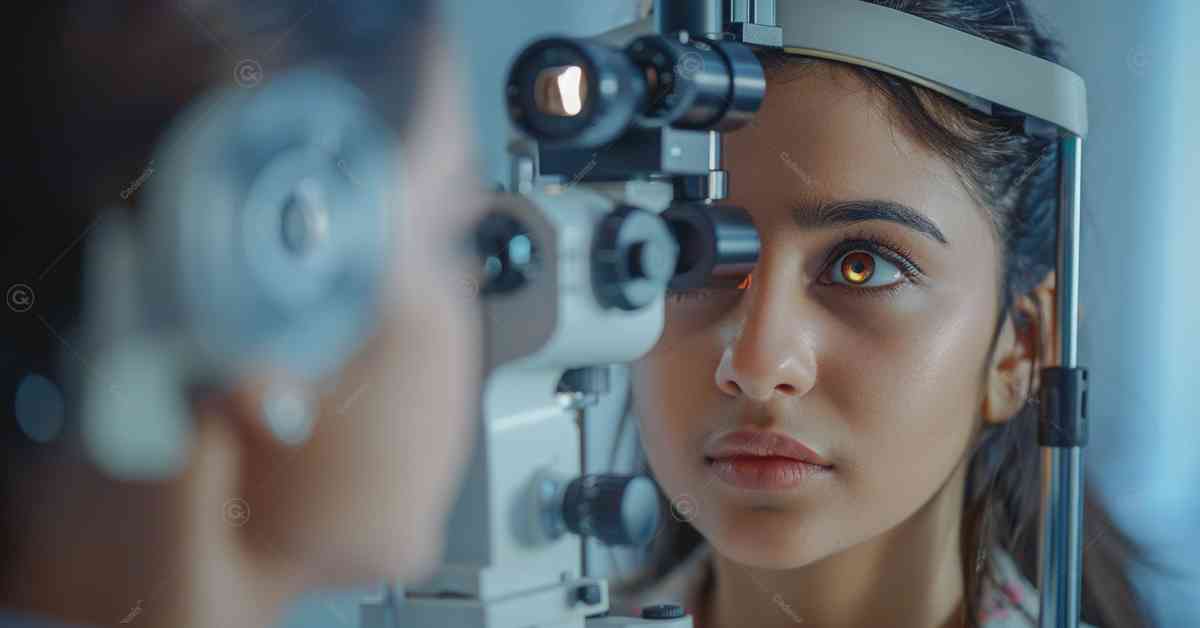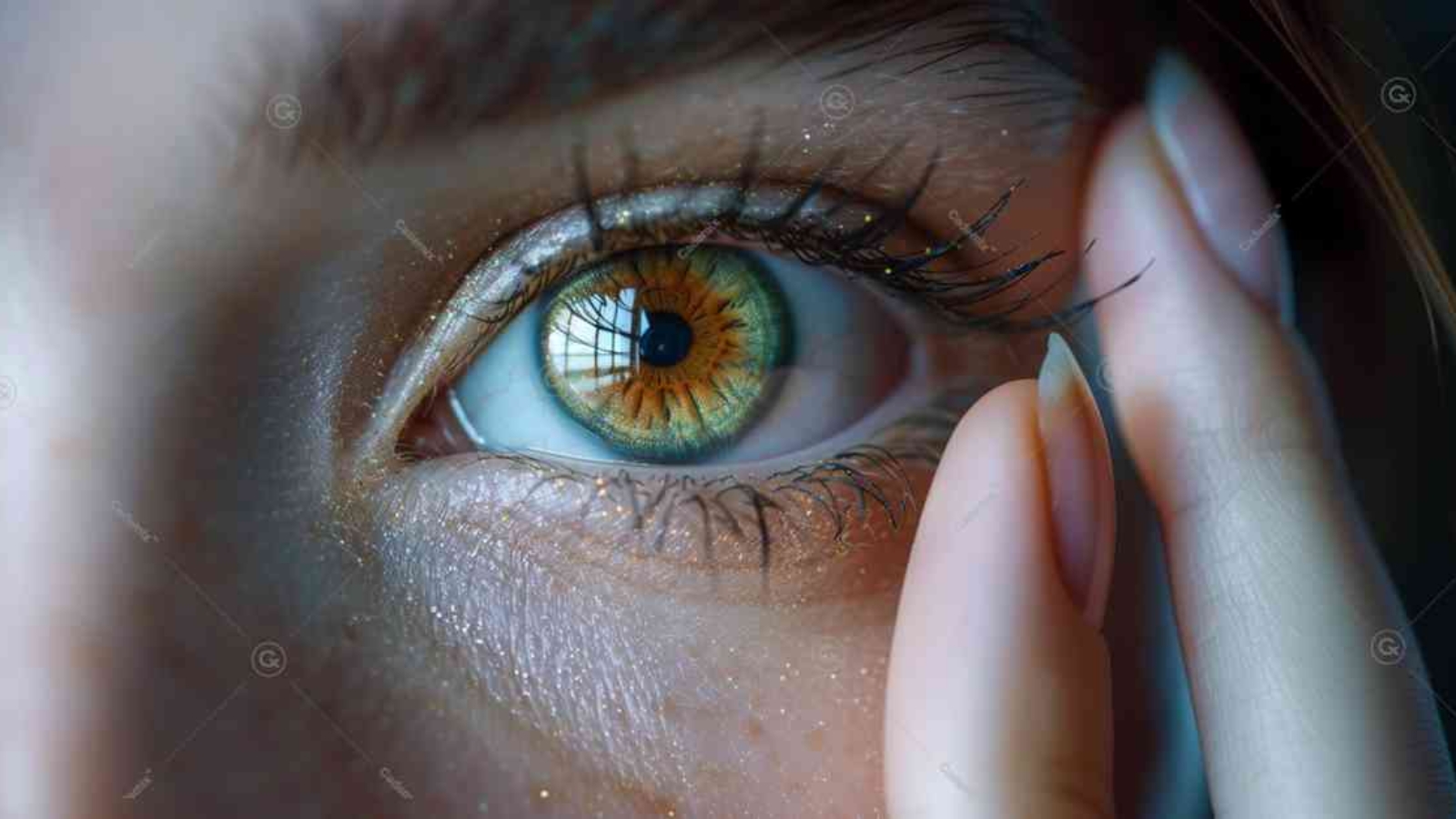Color lenses have transformed the way we see and are seen, blending vision correction with fashion. This article delves into the history of color lenses, their impact on fashion, and the ways they have allowed individuals to express their unique style.
color lenses, history of color lenses, fashion and eye color, colored contact lenses, fashion trends, vision correction, eye fashion

The History of Color Lenses
Early Innovations
The Beginnings
The concept of changing one’s eye color dates back to the early 20th century when the first experimental tinted lenses were developed. Initially, these lenses were used primarily for medical purposes, such as protecting sensitive eyes from harsh light.
Advancements in Materials
In the 1960s, the development of soft contact lenses by Czech chemist Otto Wichterle revolutionized the field. These lenses were made from hydrogel, which allowed for greater comfort and wearability. This breakthrough paved the way for the creation of colored lenses that could be worn for extended periods.
Commercialization and Popularity
The 1980s Boom
Colored contact lenses began to gain popularity in the 1980s as manufacturers improved the technology and began marketing them for cosmetic purposes. These early lenses were primarily used to enhance or change the appearance of the eyes, catering to fashion-conscious individuals.
Technological Improvements
Advancements in lens technology continued through the 1990s and 2000s, with the introduction of silicone hydrogel materials and more sophisticated dyeing techniques. These improvements made colored lenses more comfortable, breathable, and natural-looking.
Fashion Aspects of Color Lenses
Expression of Personal Style
Changing Eye Color
Color lenses allow individuals to experiment with different eye colors, providing a unique way to change their appearance. Whether for a dramatic transformation or a subtle enhancement, colored lenses offer endless possibilities for self-expression.
Matching Outfits and Events
Fashion enthusiasts often use colored lenses to complement their outfits or match the theme of special events. For example, a person might wear blue lenses to match a blue dress or green lenses for a St. Patrick’s Day celebration.
Influence in Pop Culture
Movies and Television
Color lenses have been prominently featured in movies and television, often used to create striking character looks. For instance, the Twilight saga popularized golden and red lenses for portraying vampires, while sci-fi movies use unique colors to depict extraterrestrial beings.

Music and Fashion Icons
Many musicians and fashion icons have embraced colored lenses as part of their signature looks. Celebrities like Lady Gaga and Marilyn Manson have used them to create bold and memorable personas, influencing their fans and the broader fashion industry.
Trends and Innovations
Natural Enhancements
One of the latest trends in colored lenses is the focus on natural enhancements. These lenses are designed to subtly enhance the natural eye color rather than completely change it, providing a more realistic and refined look.
Bold and Exotic Colors
For those seeking a more dramatic change, lenses in bold and exotic colors remain popular. Shades like violet, turquoise, and even gold cater to fashion-forward individuals who want to make a statement with their eyes.
Cultural Significance
Traditional and Cultural Uses
In some cultures, changing eye color has traditional significance. For example, in certain parts of Asia, light-colored eyes are considered attractive and are often desired for special occasions or photo shoots.
Fashion Shows and Photography
Colored lenses are frequently used in fashion shows and photography to create captivating looks. Designers and photographers use them to enhance their artistic vision and add a unique element to their work.
Practical Considerations for Using Color Lenses
Choosing the Right Lenses
Prescription vs. Non-Prescription
Colored lenses are available in both prescription and non-prescription forms. It’s important to choose the right type based on your vision needs. Even if you don’t need vision correction, it’s advisable to consult an eye care professional to ensure a proper fit and avoid any potential eye health issues.
Lens Material and Comfort
Consider the material and comfort of the lenses. Silicone hydrogel lenses are known for their high oxygen permeability and comfort, making them suitable for extended wear.
Proper Care and Maintenance
Cleaning and Storage
Proper care and maintenance are crucial for colored lenses, just like any other contact lenses. Use the recommended cleaning solution and follow the manufacturer’s guidelines for storage to keep your lenses safe and hygienic.
Regular Eye Check-Ups
Regular eye check-ups are essential to ensure that your lenses fit properly and do not cause any harm to your eyes. An eye care professional can provide personalized advice and monitor your eye health.

Safety Tips
Avoid Sharing Lenses
Never share your colored lenses with others, as this can lead to serious eye infections and complications. Each pair of lenses should be used only by one individual.
Follow Wearing Schedules
Adhere to the recommended wearing schedule for your lenses. Do not exceed the suggested duration of wear, and replace your lenses as directed to avoid discomfort and potential eye problems.

Conclusion
Color lenses have evolved from their early beginnings to become a significant fashion accessory, allowing individuals to express their personal style and enhance their appearance. With advancements in technology, these lenses offer both aesthetic appeal and comfort. Whether used for a subtle change or a bold statement, colored lenses continue to shape the world of fashion and self-expression.
For more information on colored lenses and their uses, consult with your eye care professional or explore reputable brands that offer a variety of options to suit your needs. By following proper care practices and choosing the right lenses, you can enjoy the benefits of color lenses safely and stylishly.
Explore our Acceleration Program and consultancy services: Cademix Institute of Technology
For more information on contact lenses: American Optometric Association
Discover advanced contact lens options at: Eye Clinic Vienna

